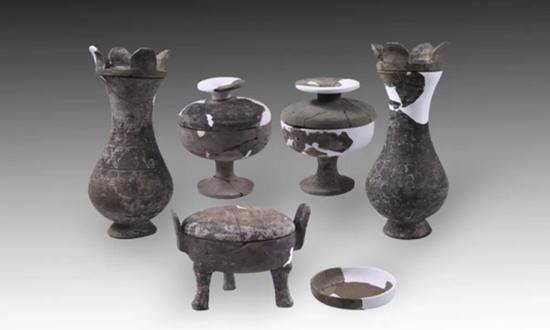
Discovered relics in North China's Shanxi Province (Photo/Courtesy of CCTV.com)
Newly uncovered cultural relics from 27 graves in North China's Shanxi Province reflect the integration of Shanxi culture and local indigenous culture, according to the Shanxi Academy of Archaeology.
Dating back to the Eastern Zhou Dynasty (770BC-256BC), the 27 graves are located in Changzhi, which is about 220 kilometers south of Shanxi's capital city Taiyuan.
Wu Junhua, head of the Changzhi archaeological project, said that although no tombs of high-profile nobles with bronze ritual wares were found, the excavation of the 27 tombs has revealed that this type of burial has been in continuous use for a long time, spanning from the late Spring and Autumn Period (770BC-476BC) to the middle of the Warring States Period (475BC-221BC) of the Eastern Zhou Dynasty.
"The tombs have rich cultural connotations, which fill in the blanks about burials during the Spring and Autumn Period and the Warring States Period," said Wu.
Newly unearthed funerary objects include dozens of bronze wares and pottery pieces. Some of the pottery wares were stood in stark contrast to customary relics of the same era that have been found in Shanxi.
"They show the evolution and integration of local indigenous culture and Shanxi culture," Wu said.
Lin Sen, a professor with the School of Archaeology at Jilin University, told the Global Times that the funerary objects are evidence of the integration of the indigenous culture and the Shanxi local culture.
"The discovery of the tombs shows the evolution of Shanxi culture. It's also part of the development of our Chinese civilization. To look at it in the bigger picture, the continuous multi-ethnic integration over thousands of years has given Chinese civilization strong vitality," said Lin.
Located alongside the Yellow River, China's mother river, Shanxi culture is one of the roots of Chinese civilization.
The Shanxi Cultural Relics and Archaeology Department started archaeological excavations of the 27 Eastern Zhou tombs in 2019. The tombs are all rectangular with vertical pits.









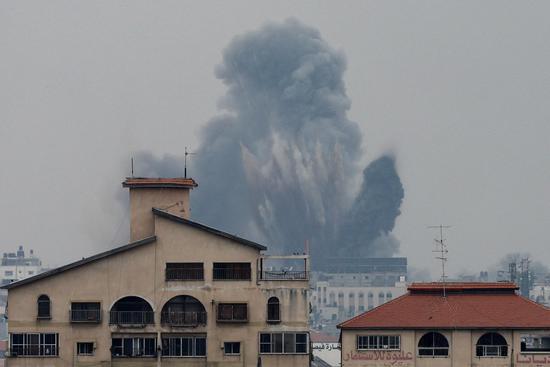


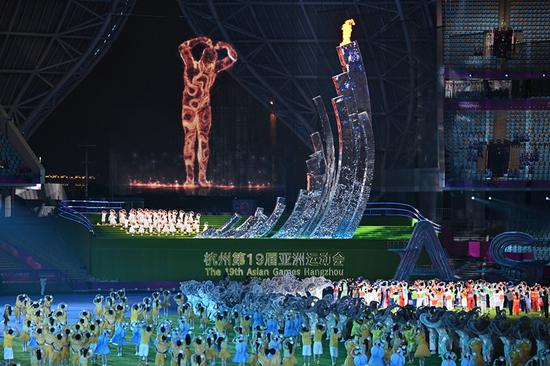

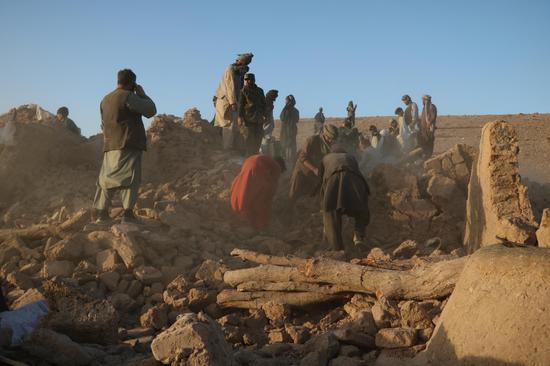
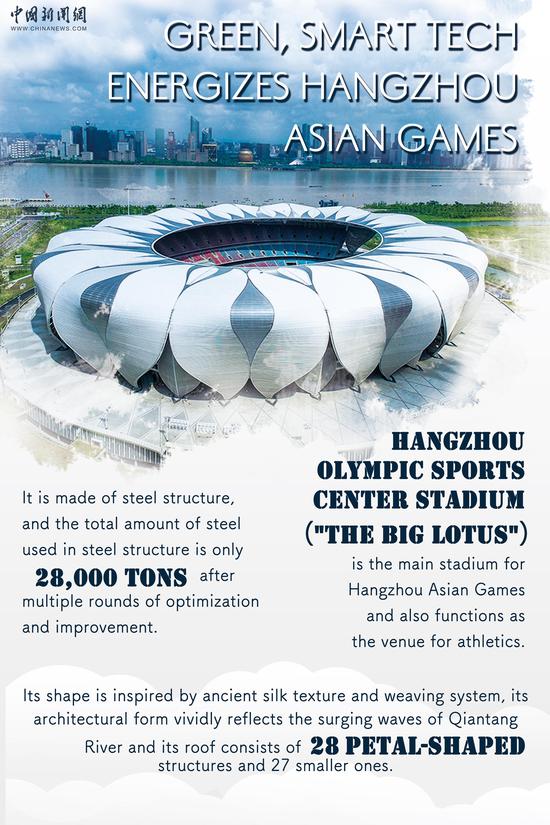
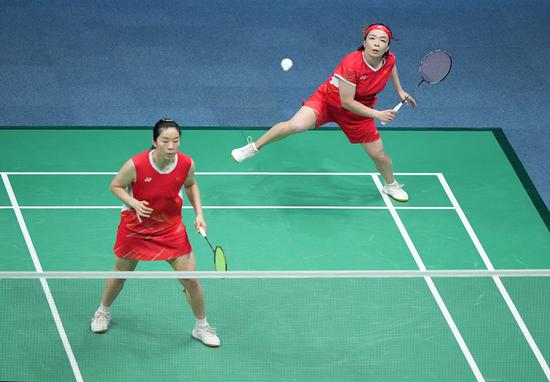


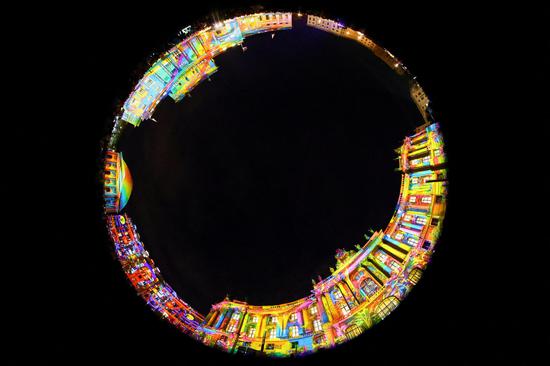




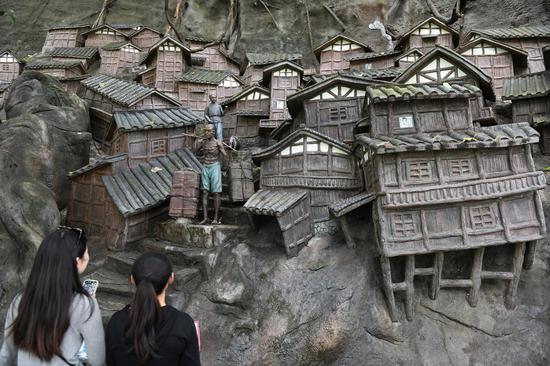

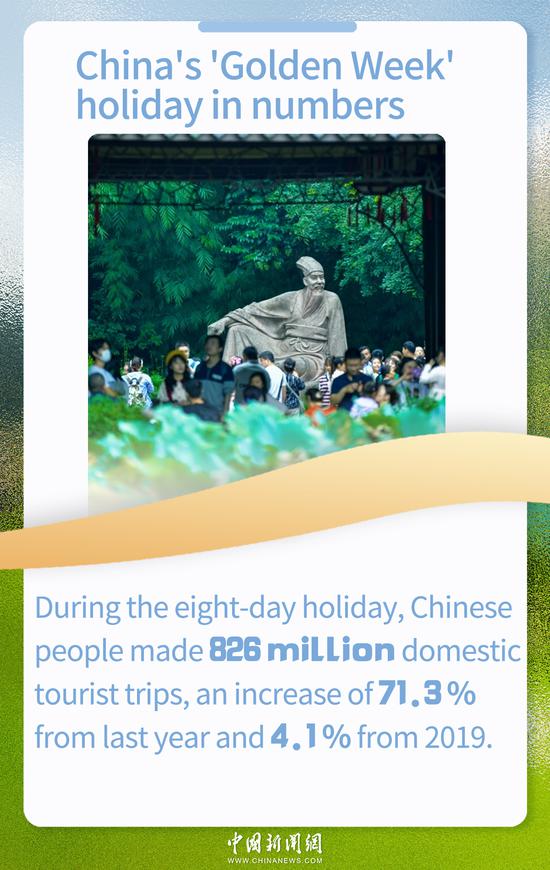
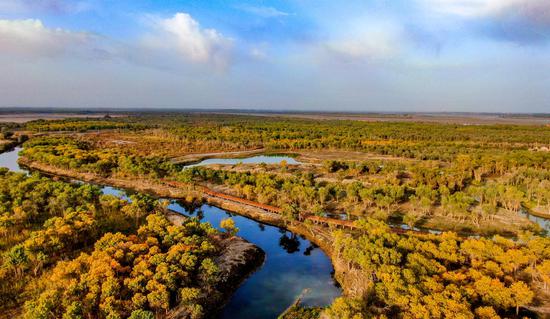

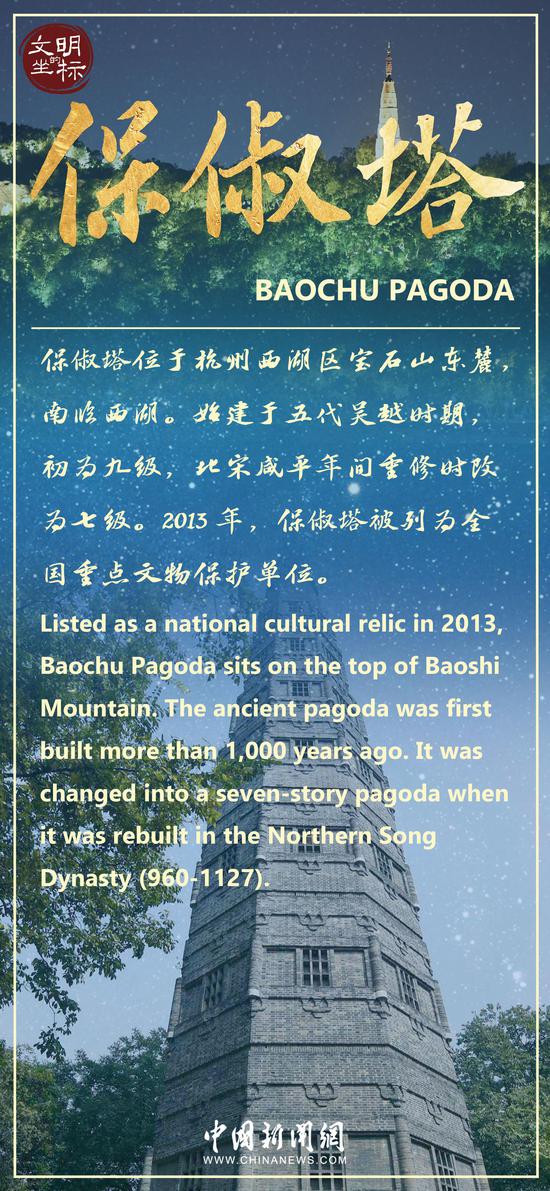


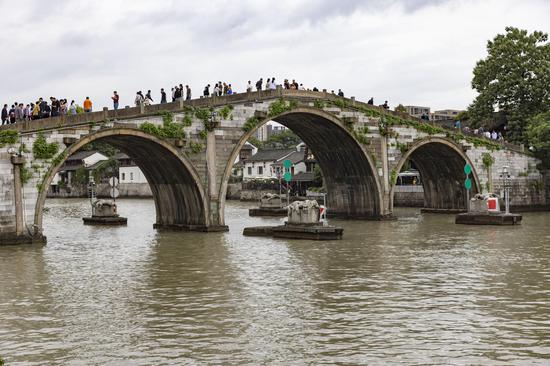


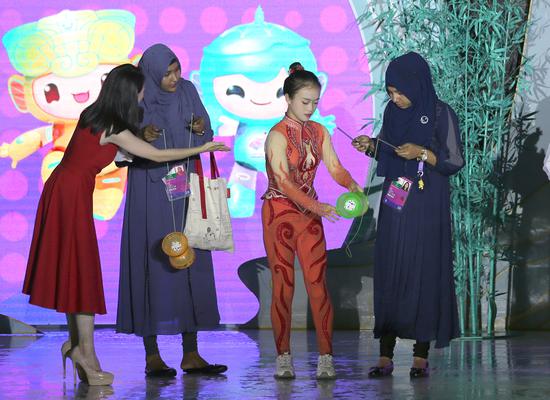
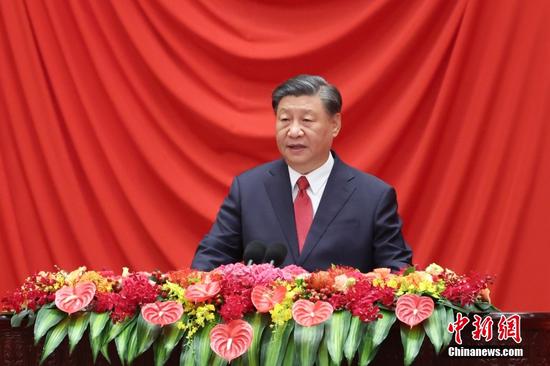
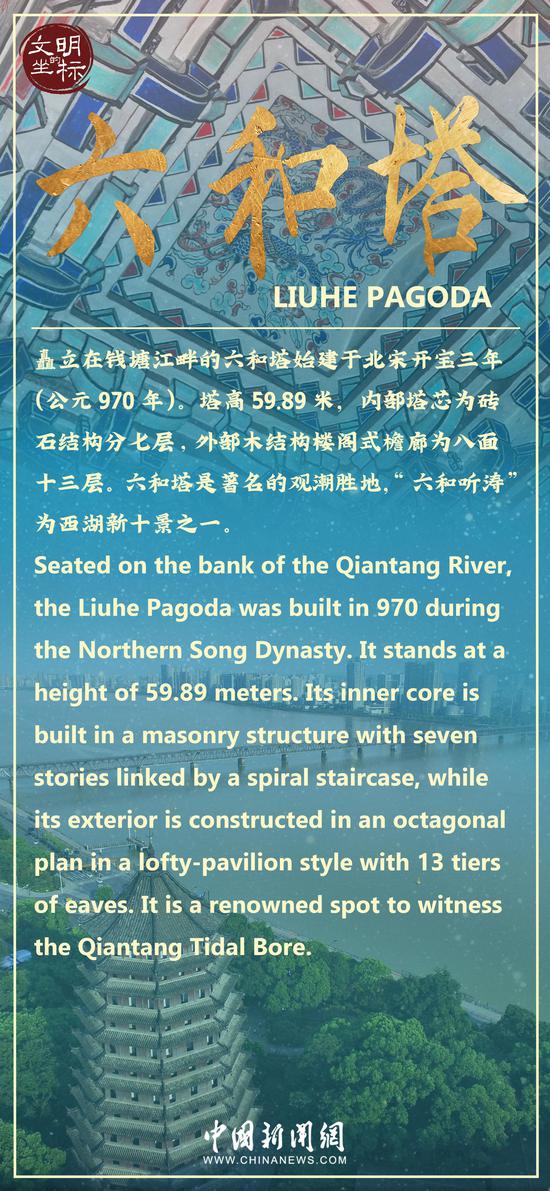
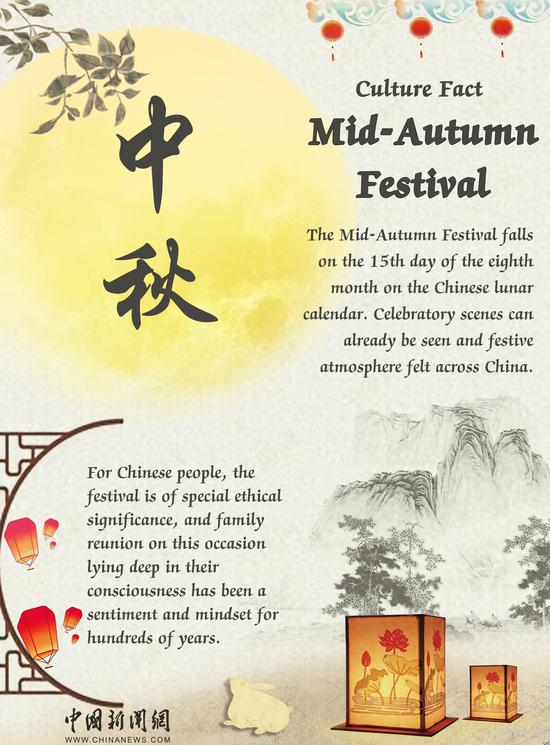

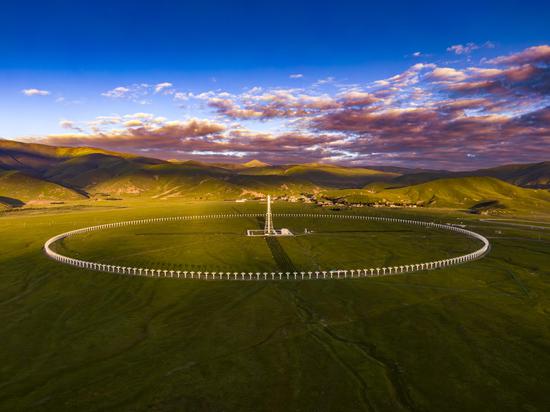

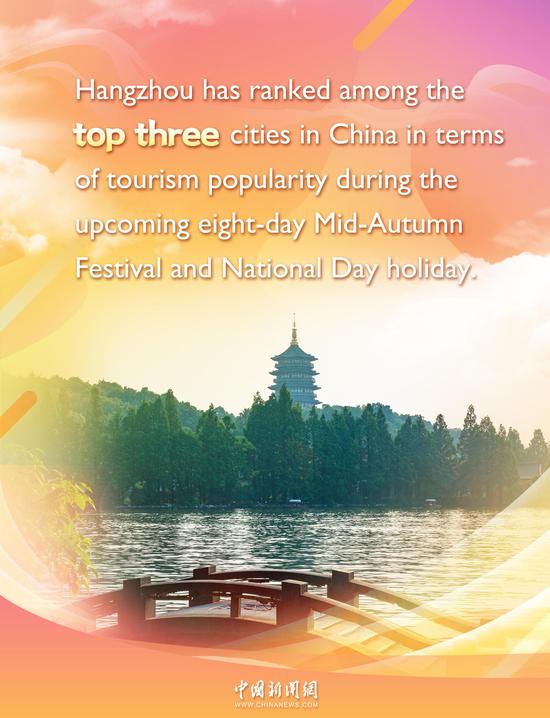
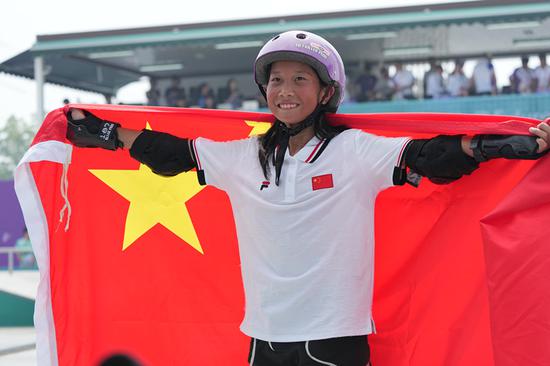






 京公網安備 11010202009201號
京公網安備 11010202009201號